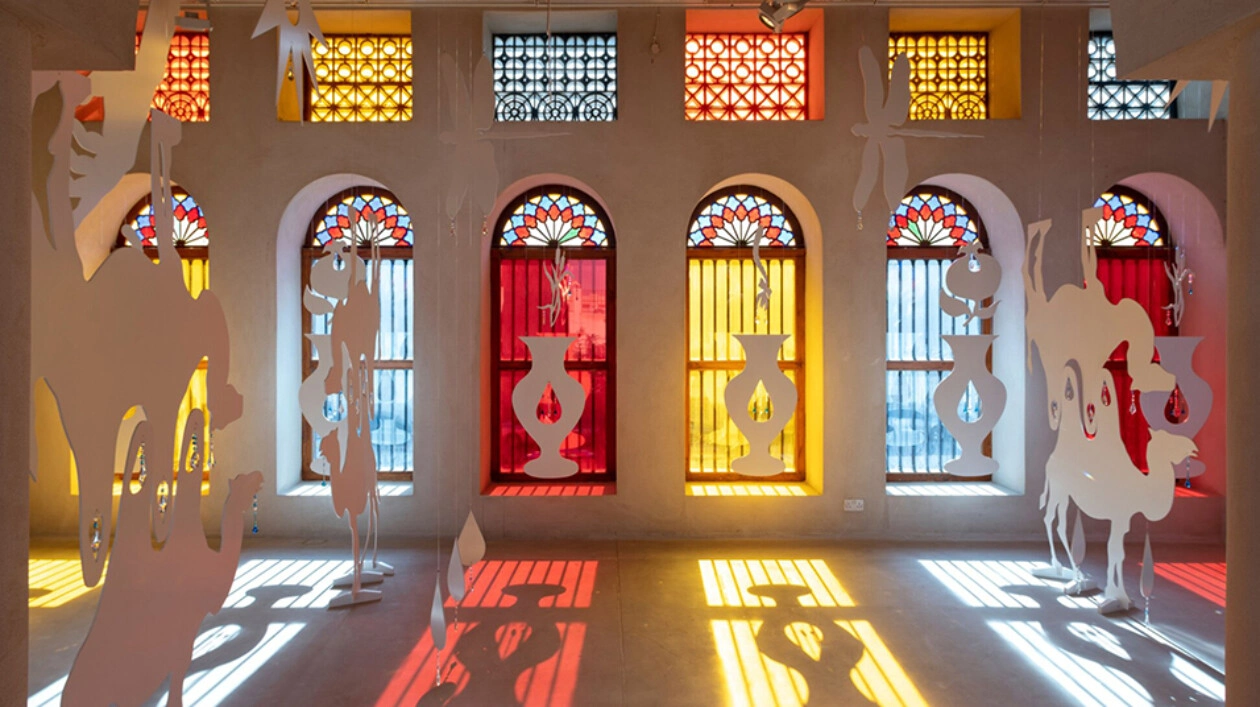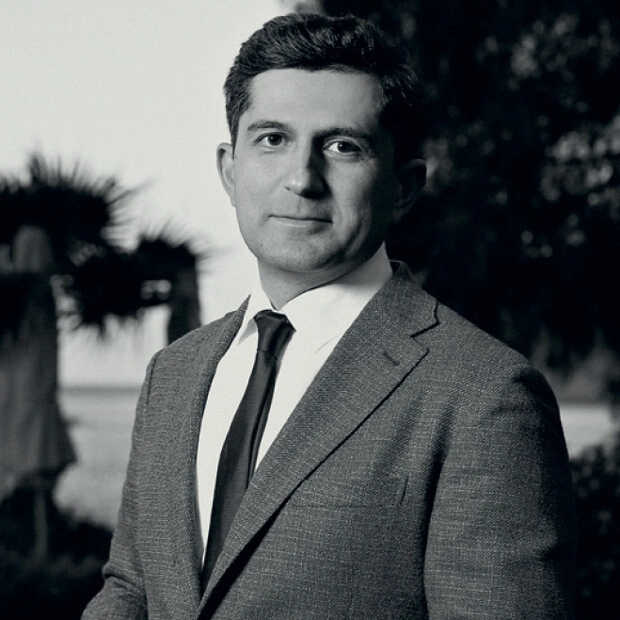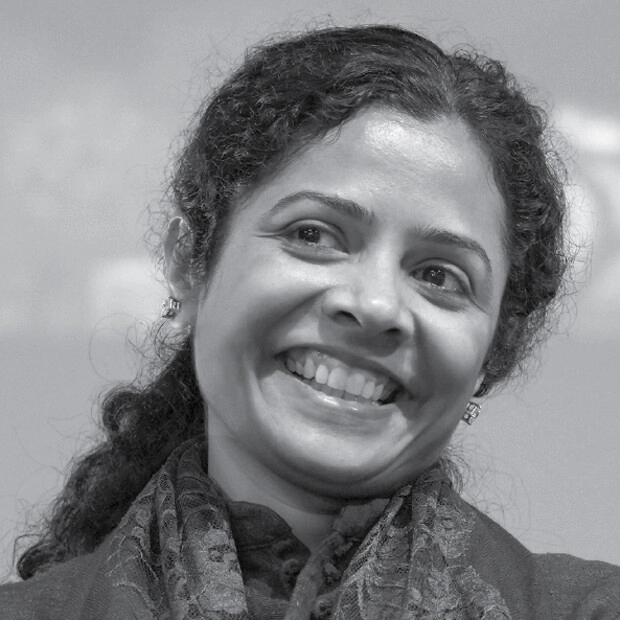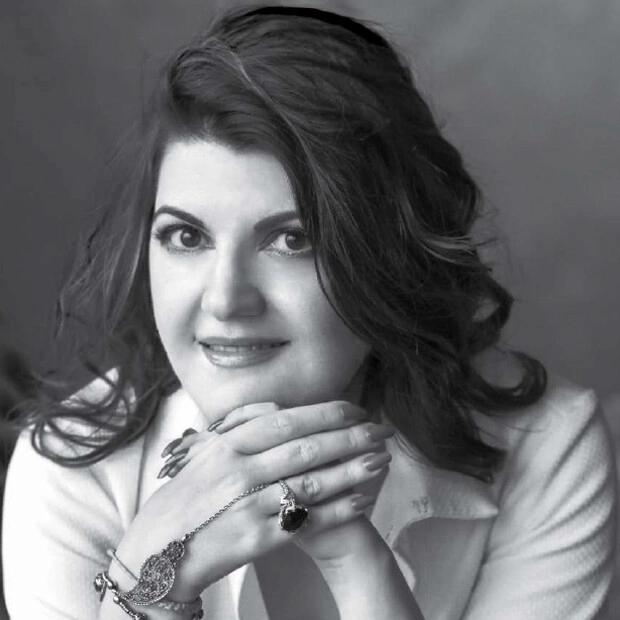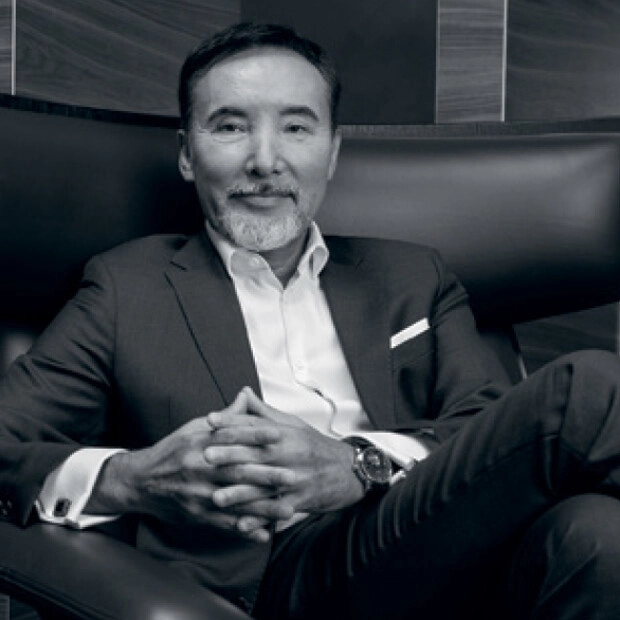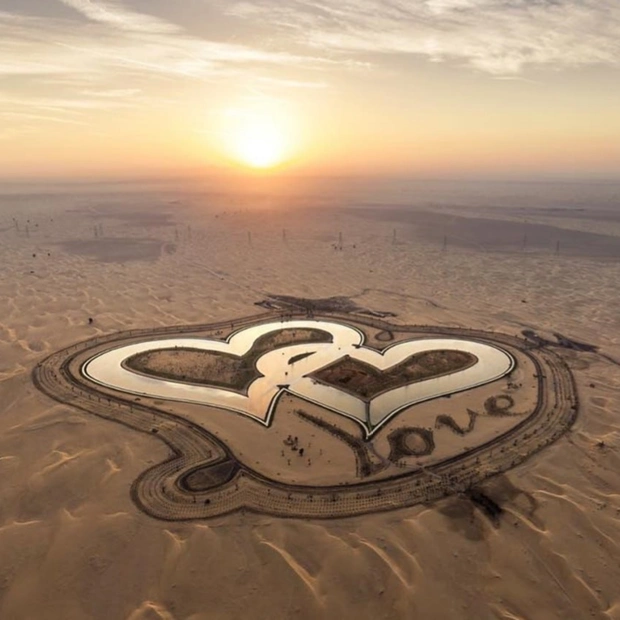The East and the West, the past and the present ... Only art can bridge and unite these notions. It is for the sake of art — intellectual, conceptual, experimental — that thousands of visitors have already attended The Sharjah Biennial, held in the emirate, recognised by UNESCO as the cultural capital of the Arab world in 1998. Natalya Andakulova, an art critic and successful owner of The Andakulova Gallery Dubai, discourses on the history of the biennale format and Sharjah Biennial 15, marking its 30th anniversary.
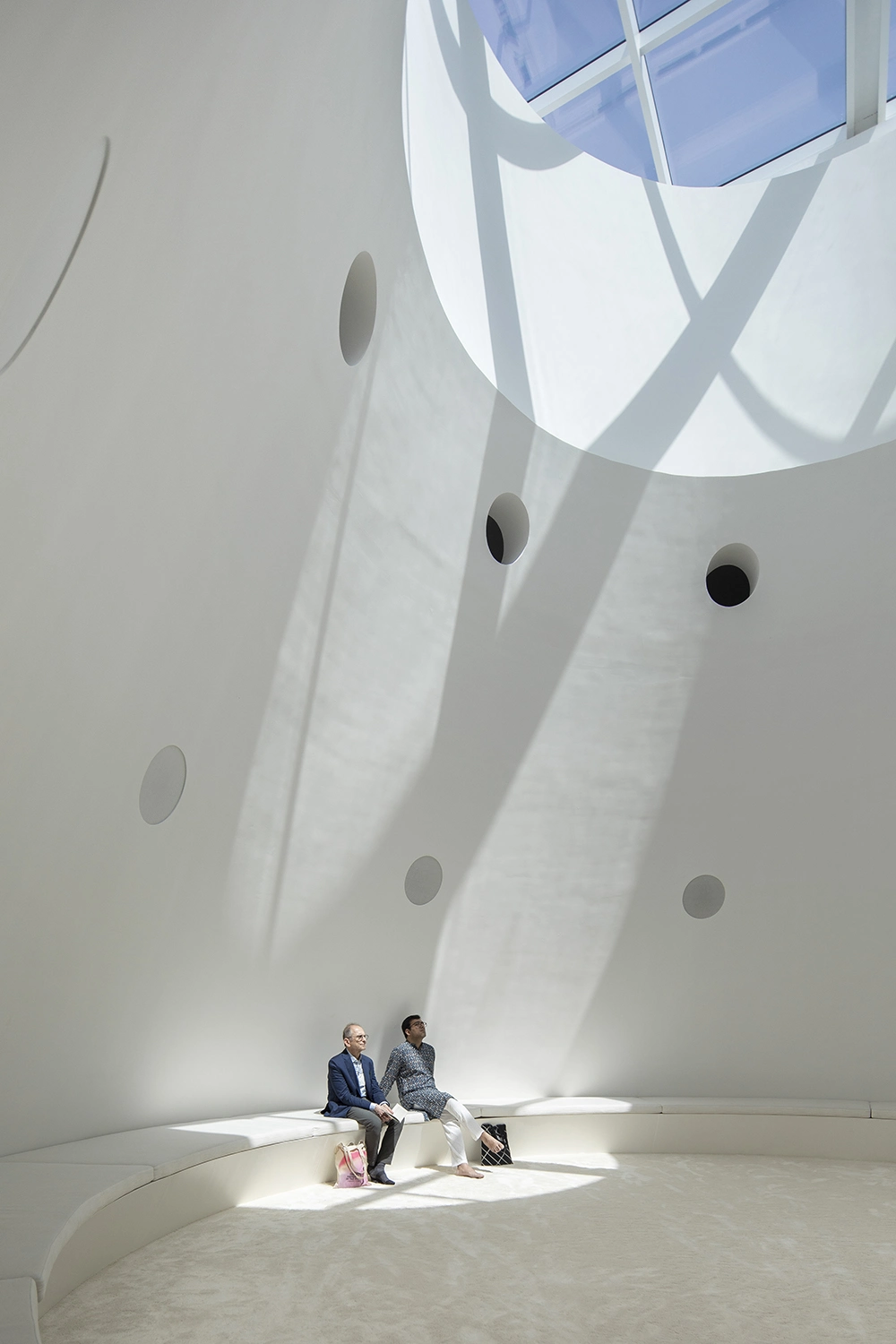
In the course of its history, the exhibition has become a meeting point for art-world leaders. This time, it brings together over 150 artists and collectives from more than 70 countries for its 15th edition and 30th anniversary, featuring 300 plus artworks — including 70 new works, exhibited for the first time, centring the past within contemporary times.
Among the art exhibited, you cannot but notice works by artists, closely watched around the world — Chinese multimedia artist Cao Fei, Emirati photographer Farah Al Qasimi, indigenous Australian Emily Kame Kngwarreye, South-African artist Berni Searle, and many others.
Sharjah Biennial 15 was conceived by Okwui Enwezor (1963–2019), an American Nigerian-born art theorist and curator. Artforum — a US-based edition — has included him in the Top 100 most influential people in the art sphere while according to Wall Street Journal, he has ‘changed the art world’. In 2015, Okwui Enwezor became the first African director in the 120-year-long history of The Venice Biennale. The list of his major curatorial projects includes The Johannesburg Biennale (1997), The Gwangju Biennale (2008), and The Paris Triennale (2012), and Documenta 11, a quinquennial art exhibition in Kassel (1998-2002), to name just a few. Thus, we can say curator Okwui Enwezor was a big success on all major art platforms of the world. Meanwhile, the significance of such world-scale exhibitions is really worth noting.
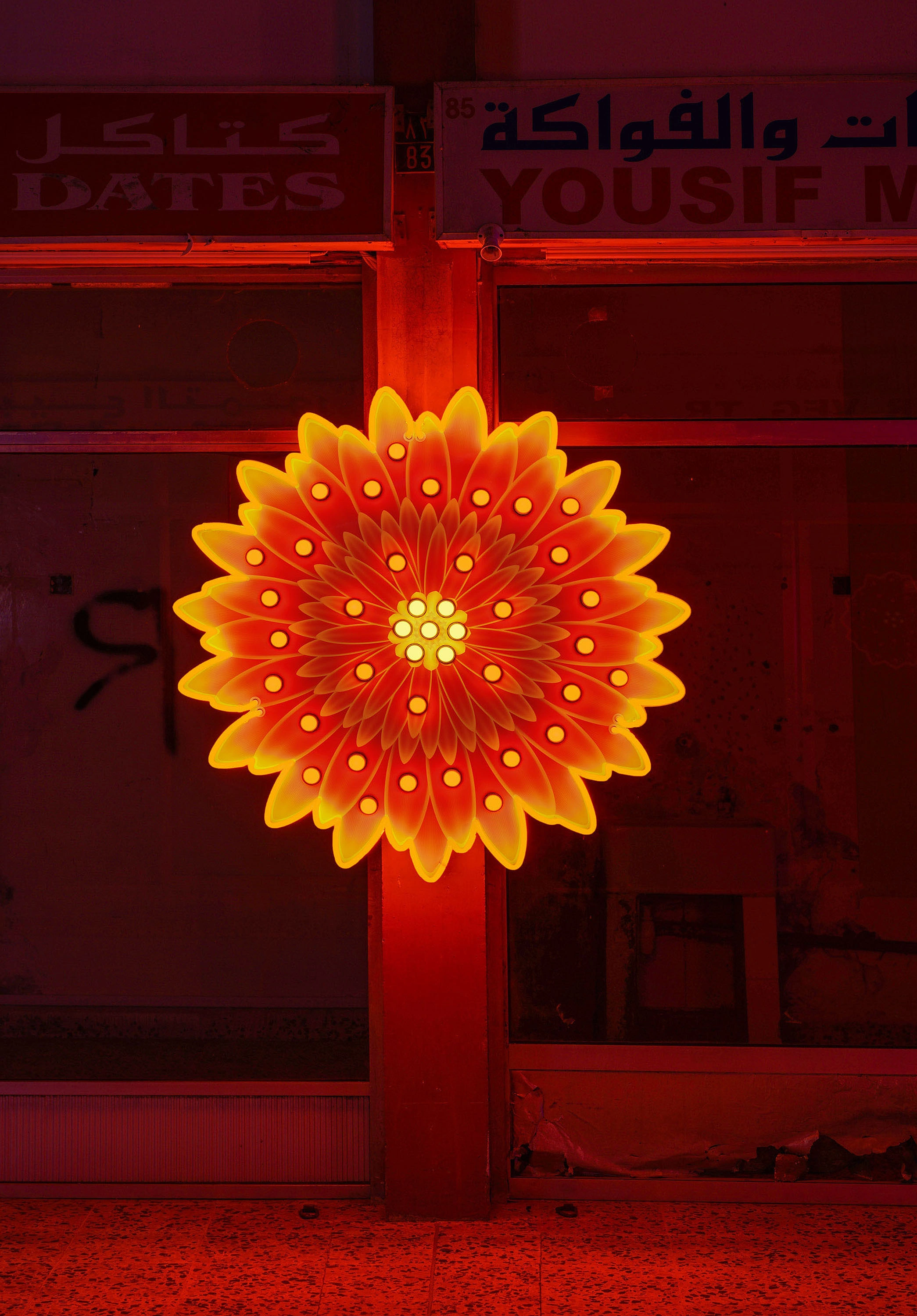
Soft Power
The most well-known international art exhibition — often referred to as ‘The Olympic Games of the Art World’— is The Venice Biennale, launched back in 1895. It was conceived by Mayor of Venice Riccardo Selvatico in 1893 after the grand success of The National Art Exhibition (Esposizione Nazionale Artistica), held in Venice in 1887. Today, participation in The Venice Biennale is very prestigious, so many countries have their national pavilions at this exhibition — the richer the country, the more impressive the pavilion. It’s thanks to The Venice Biennale that the world once learnt about Picasso and Renoir as well as Pop Art and Expressionism. With Robert Rauschenberg awarded a Venice Biennale Golden Lion in 1964, Pop Art won world recognition.
Another exhibition that has already made history by setting the bold thematic art-show format is Documenta (Kassel, Germany), launched by artist and curator Arnold Bode. It’s common knowledge that in the 1930s and 1940s, the political regimes of some countries, including Germany and the USSR, made certain demands on artists and the art they produced. Whatever going beyond the set limits was branded as ‘degenarate art’, destined to be destroyed at worst or hidden deep in storerooms at best. It was Documenta, held in 1955, that revived public interest in Avant-Garde Contemporary Art. The first Documenta featured 700 works by 137 artists from Germany, France, Italy, the Netherlands, and Great Britain. More than 130,000 visitors came to see the works by artists, previously deprived of the very right to be considered as such for almost 20 years: Kandinsky, Picasso, Kirchner, Yavlensky, Macke, Beckmann, Mondrian, Léger, Dix, and others.
Documenta’s purpose was to restore the tradition of Avant-Garde Art exhi- bitions, disrupted by the Nazis in 1937, when the condemning ‘Exhibition of Degenerate Art’ was held. 1972 saw the famous ‘Szeeman Documenta’ — named after its curator Harald Szeeman — highlighting a special role of the curator and curatorial concept, and for the first time ever, presenting Realistic Art in itsvariousinterpretations: PoliticalPropaganda,Kitsch,and‘Artistryofthe Mentally Ill’, aka ‘Outsider Art’. Since then, through its sculptures, installa- tions, and performances, Documenta has been bringing up the hottest topics. Held quinquennially, it creates a very special atmosphere in Kassel, encouraging the city’s new architectural and various other projects to keep abreast of its high artistic standards. So, Kassel is a unique example of a major urban centre, constantly changing under the influence of Contemporary Art.
These are just a couple of examples, showcasing the significance and long-term influence of such large-scale art projects. Not only do they change their environ- ment and entourage, but they also attract highly-paid specialists, influential guests, and millions of tourists from all over the world, thus benefiting — both culturally and financially — the cities and countries, hosting them. After the USSR was democratised and eventually collapsed, Contemporary Art exhibitions appeared in many countries, helping them — especially small ones — better estab- lish themselves in the world and get access to new international platforms. That’s what the famous ‘soft power’ is all about — bridging countries and facilitating their governments’ economic and political cooperation. Developing countries benefit from such collaboration by getting direct investments into their infrastructures, newjobs,generatedintheireconomies,andbranchesofforeignagencies,opened on their territories. In the meantime, the starting point of all that development is their participation in such cultural projects and initiatives as international bien- nales or organising their own national exhibition-fairs — the magic power of art!
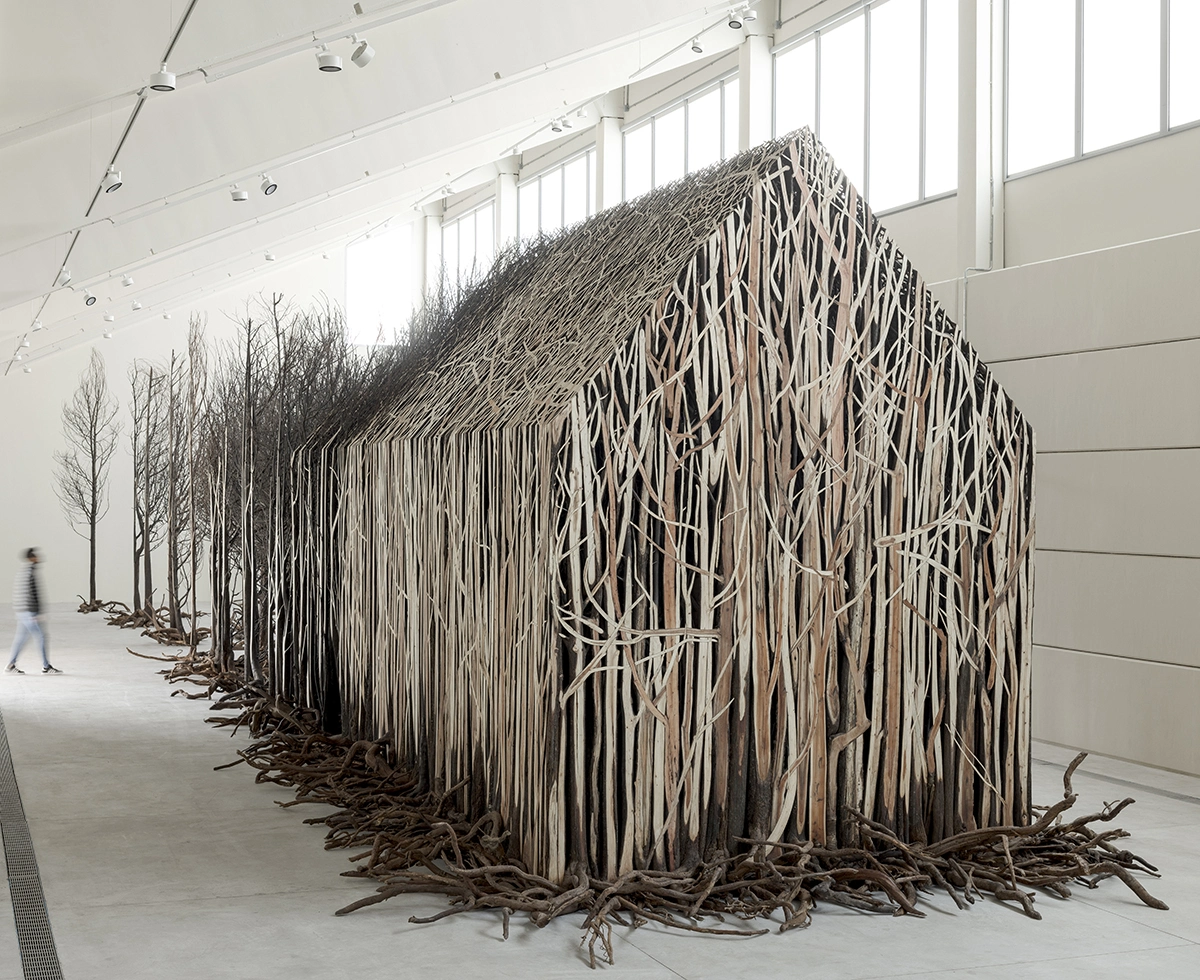
Nowadays, curators, foundations, and advanced econo- mies are fully aware of Contemporary Art’s significance, regardless of whether its scale is considered truly global or just local. That’s what the so-called ‘Van Gough Effect’ is all about — in Van Gough’s lifetime nobody wanted to buy his artworks, but in a rather short time they already cost a fortune. Artists oftentimes stepping ahead of the times, art-world professionals do their best and utmost not to miss the appearance of a new genius and support new-born talents from the very beginning of their creative careers by providing them with grants, opening their art-residences, and solving all kinds of organisational issues for them. 280 exhibition-fairs, held all over the world annually, help the general public learn the names of contemporary creators, get to know their artworks, and understand their prospects. This is the ‘musculoskeletal system’ of the art world, playing a very significant role in the art sales. So, such events as Art Dubai, Contemporary Istanbul, Frieze Art Fair, Abu Dhabi Art, Cosmoscow, and Vienna Contemporary are but a few must-sees for art lovers nowadays.

Thinking Historically in the Present
Unlike The Venice Biennale, where the artworks are exhib- ited in their countries’ national pavilions, The Sharjah Biennial follows the chronological principle. The artworks, created in different countries by artists from all over the world but within the same time period, seem to be in con- stant correlation with each other. In Aristotle’s ancient ‘Poetics’ this unity of time suggests the beginning of an action being close to its ending. According to this princi- ple, the BS-15’s organisers placed the past and the present within the same temporality, naming the event ‘Thinking Historically in the Present’. One might wonder whether such a tone is really relevant in the times of digital technologies and never-ending eagerness to join the future. In the mean- time, this theme does not sound resonant in the least — we are invited to look back at what has already happened to see how humanity keeps moving on, based on all the experience it has acquired. Thus, The Sharjah Biennial’s message is all about the impossibility of building the future without relying on the past.
Instead of being exhibited in one mega-museum, the art- works, presented at SB-15, are spread around in Sharja’s various spots and small spaces, thus attracting visitors’ attention to the UAE’s culture. Art lovers are invited to take a look at Sharjah’s yet unexplored corners and nooks, which a usual tourist is highly unlikely to visit — 19 absolutely unique venues in five cities and towns across the emirate, including recently restored historic buildings, an old veg- etable market, a power plant, a kindergarten, an ice-making factory, and other repurposed structures. All these sites were specifically selected to bridge different historical periods and cultural landscapes of the Emirate of Sharjah. Nowhere else in the world can we find such unparallelled art venues. The main exposition and site-specific artworks, skillfully integrated into space, are to be found within Sharjah’s restored Historical Quarter, Al Hisn (The Fort), The Sharjah Art Museum, and Calligraphy Square. No doubt, while working on their projects, the participating artists had to experience and feel the city thoroughly in order to blend their art with its culture. This unity can be seen, for example, in the harmonious works by Berni Searle in Al Hisn or Mounira Al Solh and Carolina Caycedo in Calligraphy Square.
Sharjah Biennial 15 is held under the auspices of Sharjah Art Foundation (SAF) and curated by its President and Director (since 2004) Sheikha Hoor Al Qasimi — an artist and daughter of Sharjah’s sovereign ruler His Highness Sheikh Dr. Sultan bin Muhammad Al Qasimi — who suggests considering the present- day attitudes to ethnicity, tradition, race, gender, body, and imagination to be the result of the past experiences.
Reconsideration and self-identification — the likely leitmotif not only of The Sharjah Biennial but of most contemporary artists’ creative process as well — the new forms of expression, such as the media and AI, are sure to enhance the trend.
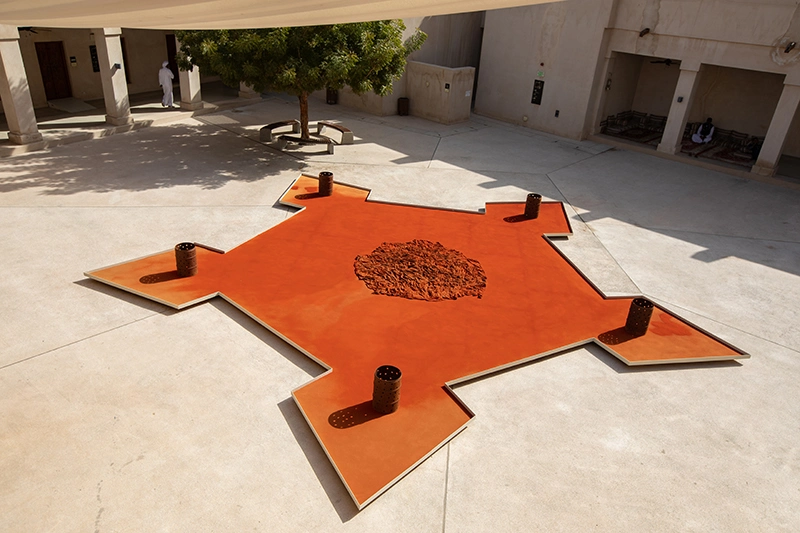
In our times of globalisation, many curators wish to pay off the histori- cal debt to countries, once colonised and heavily exploited by more advanced nations.
The XIXth-century colonies made a major input into today’s prosperity of Europe. Guided by the postcolonial ethics, many galleries and exhibitions, includ- ing SB-15, show the art of counties, just entering the global scene — in a way, letting them skip ahead and be in the vanguard.
The theme of colonisation and decolonisation permeates the SB-15 programme — the artists telling their stories through the prism of their personal life experiences. Like honest reporters, they translate what’s going on in the world into their media-installations, performances, videos, and audio presenta- tions. For example, Kimathi Donkor’s works draw attention to the tragic fates of African communities around the world while Brook Andrew of Australia and Isaac Julien of the UK reflect upon museumised objects and their restitution. And Erkan Özgen’s ‘Wonderland’ presents a really interesting interview with a young Syrian who has found refuge from enemy occupation in Turkey.
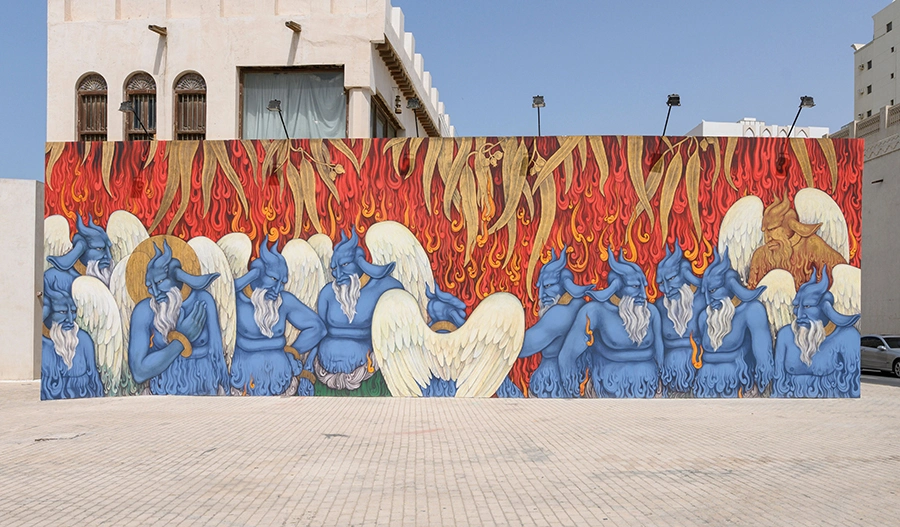
SB-15 also features ‘Chillakhona’ by Saodat Ismailova — an Uzbek artist. It’s a video installation, touching upon women’s emancipation and exploring Central-Asian female images through a three-channel film and a silk cloth with the Uzbek national FALAK embroidery.
Kazakhstani artist Almagul Menlibayeva’s multi-media presentation rethinks political conflicts, stemming from building a modern state through a story of a grandmother, losing her children during the famine-genocide, caused by the Sovietisaton of Kazakhstan.
The problem of art’s existence within society and correlation with its socio- cultural environment has always interested philosophers and art critics. A fea- ture of the Western civilisation, the biennale format has, nonetheless, already spread far and wide beyond its boundaries. In her press statement, SB-15 curator Sheikha Hoor Al Qasimi says, ‘Okwui Enwezor’s idea of ‘thinking historically in the present’ is the conceptual framework for The Biennial, which we’ve sought to honour and elaborate on while also reflecting on the Foundation’s own past, present, and future as The Biennial marks its 30th anniversary’. Many examples all over the world prove this art-project format to be effective in solving a whole range of problems as well as in helping many nations keep their cultural identities without yielding to the ongoing globalisation processes.
The Sharjah Biennial will continue till 11th June 2023.
